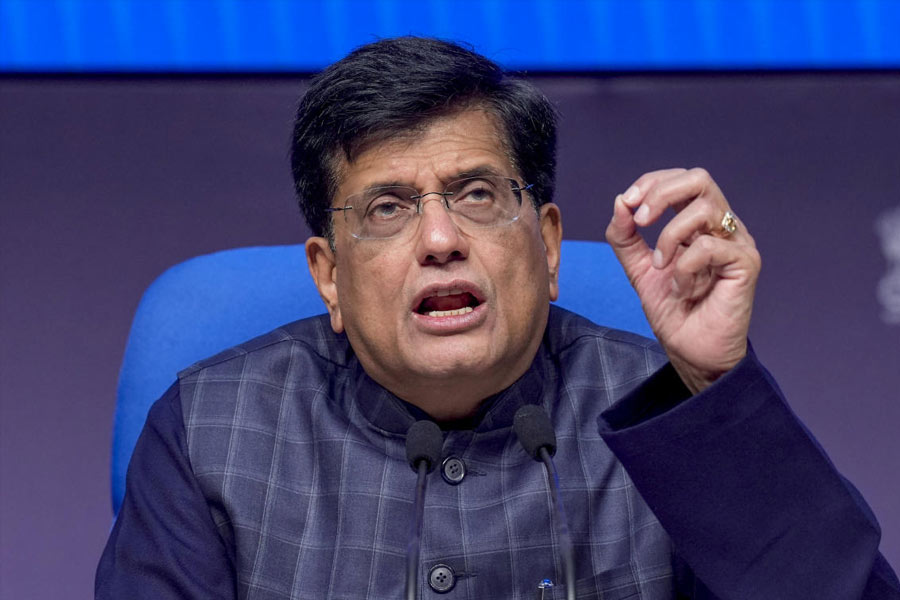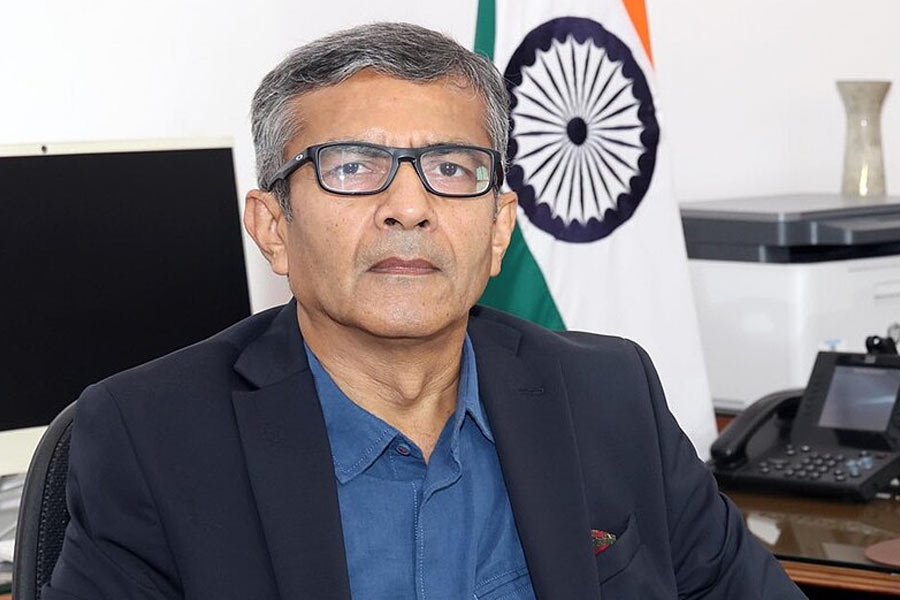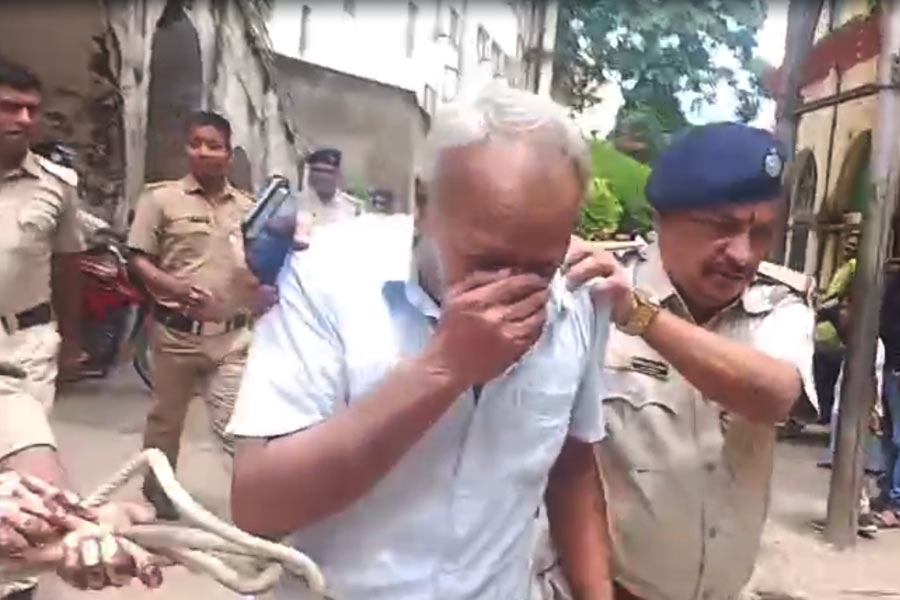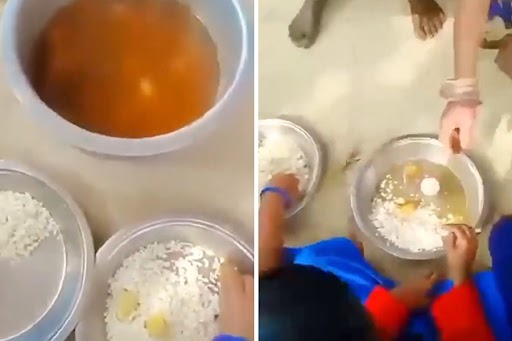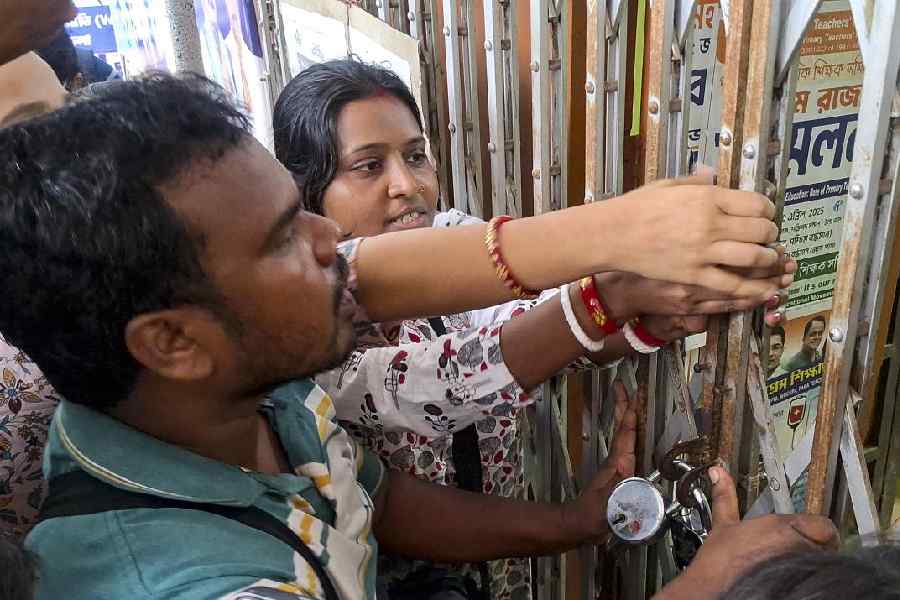 |
| Mishra |
If Ram and Raja are around, myths and legends cannot be far behind.
For a town that abounds in apocrypha — remember how Ram was estranged from Sita because of a washerwoman’s insinuations about her (Sita’s) purity — the presence of Bimalendra Mohan Pratap Mishra alias Pappu Bhaiyya in the polls has been enough to crank up the rumour machines.
Mishra is the former Raja of Ayodhya who is fighting on a Bahujan Samaj Party (BSP) ticket, and the unlikely combination that is the offspring of Mayavati’s social engineering has got the locals both excited and worried.
Excited because as Yogendra Das, the manager of Ayodhya’s Kanak Bhavan temple, said: “He (Mishra) is apolitical and clean and, most important, the first Lok Sabha candidate (who hails) from our holy town.” Worried because the BJP’s campaign raised questions about Mishra’s lineage and the manner in which he got the ticket.
But Lalloo Singh, the BJP’s nominee and sitting Ayodhya legislator, questions Mishra’s pedigree: “Have you heard of a raj gharana (royal clan) being headed by a Brahmin? The Mishras were usurpers because the Ayodhya Raja was originally a Rajput,” claimed Singh, a Rajput himself.
With the zest of a storyteller, he went on: “The last Rajput Raja was childless, so he adopted a Mishra as his heir. That is how they acquired the throne.”
Mishra, however, insisted that his ancestors were Brahmins who were bestowed the “Singh” title (which he doesn’t use) by a collegium of Rajput royals because of the huge properties they owned and the martial skills — “unusual” for a caste associated with higher learning — they possessed.
Stopping by in his 125-year-old Raj Sadan Palace, its gate and balustrades aflutter with BSP flags and buntings, for a tea break, Mishra insisted he did away with the Singh surname as “I am a Brahmin and proud to be one”.
Lalloo Singh, though, hinted at a deal the “Raja” (Mishra) struck with Mayavati for the ticket. He allegedly sold her a “haveli” he owned in Lucknow for a song through an official close to both.
“Rubbish,” said Mishra. “I have published the assets I declared to the Election Commission in local papers. They show I still own the place.”
But the BJP’s contestant wouldn’t give up: “That’s because he cannot evict the tenants living in the haveli. Many of them are lawyers, it’s not easy to throw them out.”
The upper castes, willing to believe the worst of Mayavati, seem to have bought the BJP’s theories. “Everybody knows that Mayavati’s birthday celebrations are underwritten by her cadres and that she sells tickets,” said Faizabad businessman Avadesh Pratap Singh.
Mishra looked like he was cracking under pressure. For a person who rarely stepped out of his palace, he declared: “I am not thinking of anything but fighting the polls. If politics gets too dirty for a good soul like me, I shall withdraw.”
BSP workers were unmoved by the spat. To them what mattered was that their leader chose the “Raja” and they would give their best. Some 5km away from the palace, in the dilapidated party office, Chowdhury Heera Lal, the sector in charge, said: “If the BJP has its RSS, we have our propaganda machinery. The Raja is different because he is not possessed with trishna (material longing). He gives, not takes.”
To them, the ultimate triumph was when Mishra and his palace retainers welcomed visitors with the greeting, “Jai Bhim” (after Bhimrao Ambedkar), not “Jai Siya Ram”, and allowed BSP workers to use the living and dining spaces.
In what seemed like a choreographed move, shortly before his candidacy was announced, Mishra sought a package for Faizabad and Ayodhya from Mayavati. Local authorities were promptly given Rs 235 crore, before the model code kicked in. The BSP is publicising the bonanza as “proof” of Mishra’s “commitment” to developing a city that was allegedly neglected by previous MPs.
Although development has taken precedence over Hindutva in the poll discourse — even Lalloo Singh harped on the fact that he won five times as a legislator because he built roads and revamped the sewerage system — the contest is being determined by caste.
“The Raja is a Brahmin but a vote for him is like a vote to make Mayavati Prime Minister. This I will not accept, though it’s okay to vote BSP in a local election because we sadhus and sants have to learn to do business with their workers. They help us resolve property disputes and other matters,” confessed Acharya Satyendra Das, the head priest of Ayodhya’s Ram Lalla temple.
Mayavati’s advantages — the 3.5 lakh Dalit votes, a bhaichara (brotherhood) committee in every place to weld the castes into a vote block and a strong election machinery — are not lost on the upper castes. But even a person like Akhilesh Singh, who was elected a member of the regional block committee on the BSP symbol, admitted he would vote for the BJP “in the name of religion”.
Sitting MP Mitrasen Yadav, who won on a BSP ticket in 2004, is the Samajwadi nominee but is not seen as one of the main contenders. He had joined the Samajwadi last year.
While the 2.5 lakh Muslim votes could tip the scales, the community is indifferent to the elections and is looking with interest at the new Peace Party, which came on the scene on the plank of hissedari (rightful share) for them.
 |
• Ayodhya goes to the polls on April 23


